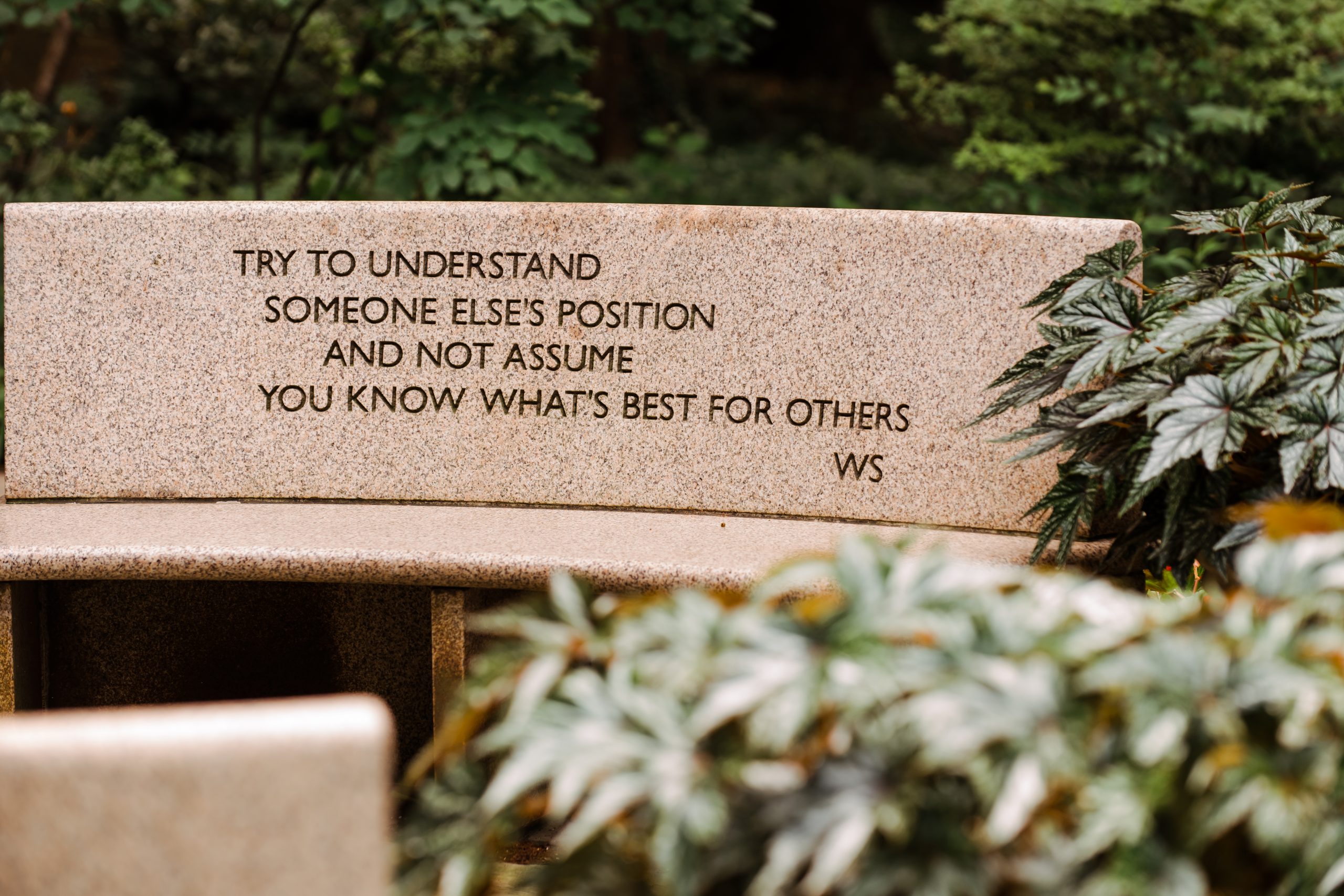UMBC hosted “The Evolving World of Inclusive Language” on June 10, 2020, at a moment of intense focus on anti-racism and inclusion in higher education. The event was organized by Catalina Sofia Dansberger Duque of UMBC’s Office of Institutional Advancement in partnership with Montgomery College and supported by the CASE District II Venture Capital Fund.
The virtual inclusive language conference, UMBC’s first virtual conference, was initially planned as an in-person event for 50 higher education communicators from across the mid-Atlantic. Following COVID-19, the event moved online. And with increased recognition of the importance of the inclusive language, the number of participants quickly jumped.
By the day of the online event, nearly 800 people from across the U.S. and around the world had registered. They represented universities near UMBC, like Towson University and Morgan State University, and as far away as Canada and England. Around 250-300 participants joined each of the day’s six sessions.
A call to action
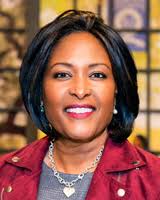
DàVida Plummer, dean of the Scripps Howard School of Journalism and Communications and assistant vice president for marketing and media at Hampton University, provided the conference keynote address. She spoke of the importance of this moment in history, reflecting on both the COVID-19 pandemic and increasing support for the Black Lives Matter movement. She noted the duty that communicators and media professionals have to not only evolve language, but to be agents of change by writing stories that reflect the lived experiences of the communities they want to represent.
“To acknowledge that Black lives matter, that abuse of power must be stopped” is paramount, shared Plummer, “and for journalists the world over, we must capture this reality, tell our stories, and maintain objectivity.”
She further noted that communicators must evolve the language they use by respecting how each person identifies themselves and speaking with and about each other with empathy and dignity. To accomplish this, Plummer explained, we must become vigilant of the everyday phrases that subtly perpetuate injustice and inequality. This includes common use of “white,” and “light” to describe positive things, and “black” or “dark” to describe negative things.
“I hope that the words that follow will help us change and make a change for the good for everyone who walks this earth in our time—every gender and every ethnicity,” said Plummer. “We should try to set a sustainable precedent.”
Leading by example
Candace Dodson-Reed ‘96, English, chief of staff in the Office of the President and executive director of the Office of Equity and Inclusion (OEI), and Ever Hanna, OEI training and case manager, provided the UMBC staff keynote. Dodson-Reed opened by bringing attention to the importance of language when speaking out against systemic racism. She then read the names of Black people recently killed by police: George Floyd, Breonna Taylor, Ahmaud Arbery, Tony McDade, and Sandra Bland.

Dodson-Reed focused her address on campus leaders’ responsibility to assure that university communications are responsive and speak to the needs of their communities. She pointed to the intentional and clear use of the words “social justice,” “inclusive excellence,” and “civic engagement” in UMBC’s own vision statement as a set of guiding principles for communications. She also encouraged participants to directly include the communities they wish to reach by listening and involving them in the communication process.
“Being collaborative, as you address such big societal challenges, is not simple,” said Dodson-Reed. “But the decision to use inclusive language in our vision helped guide our response as a campus community,” says Dodson-Reed.
Disrupting exclusivity
Ever Hanna’s remarks asked the audience to not just think about using inclusive language, but also make a conscious choice to disrupt entrenched processes that lead to exclusion. “If you have ever had to confront a privilege that you have, you may be familiar with the concept of being uncomfortable and learning to disrupt something that you thought was normal or easy,” said Hanna.
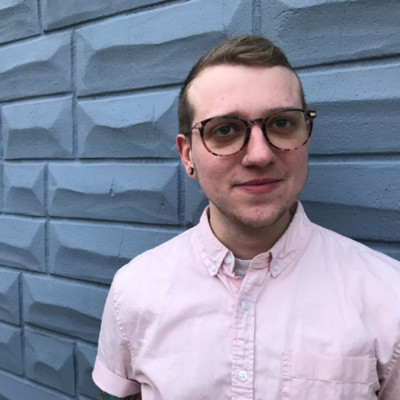
They reinforced that for inclusive language to continue to evolve it is essential to take into account intersectionality. Hanna, who identifies as a trans and non-binary person, provided examples of how gendered language, such as sister and brother, can exclude people because it is so entrenched in binary language norms.
Hanna also pointed out, “We sometimes communicate exclusivity by not giving information.” Having intentional conversations and sharing tools are necessary to gain a deeper understanding of practicing inclusive language.
Hanna says all of these efforts are necessary to create and sustain inclusive language practices. And more importantly, they empower people to disrupt and interrupt exclusive language. “In order to be in solidarity with the people in our lives we need to change the way we do those things,” they noted.
Watch the introduction and keynote presentations.
Inclusive language best practices
The conference continued with five sessions delving deeper into inclusive language practices within specific communities. Each session included a panel or a speaker, plus time for questions and answers. Participants used the Q&A opportunities to learn how to apply inclusive language best practices within their institutions.
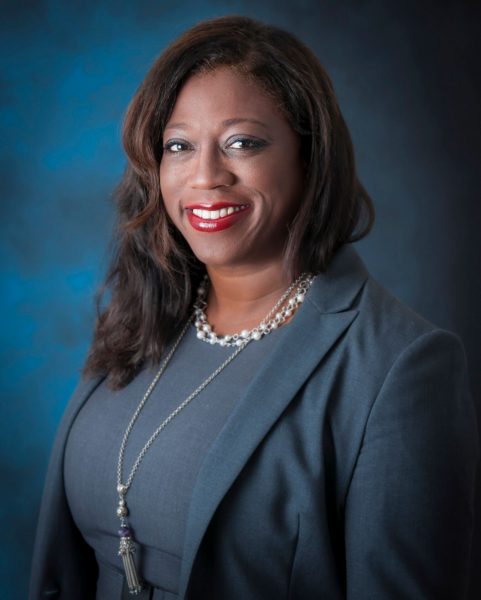
Sharon Bland, chief equity and inclusion officer for Montgomery College, presented on “Creating Inclusive Communities Among Students, Employees, Alumni, and Trustee Boards through Equity Dialogues.”
UMBC faculty and staff led the four other sessions. “Inclusive Language for Students and Staff” was presented by Jasmine Lee, director of inclusive excellence for the Division of Student Affairs; Lisa M. Gray, associate director of diversity and inclusion for Campus Life; Carlos Turcios ’14, psychology, M.A. ’17, sociology, coordinator for student diversity and inclusion for Campus Life; and Vladimir Rodriguez, assistant director of Off-Campus Student Services.
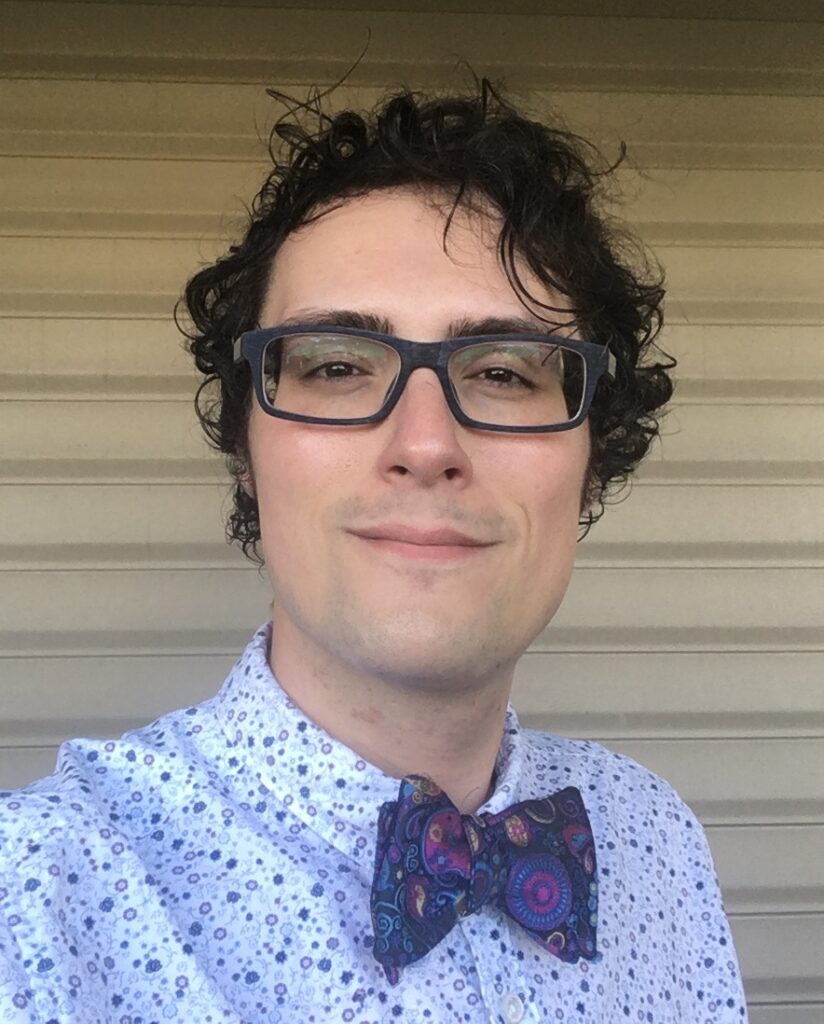
Christine Mallinson, professor of language, literacy, and culture (LLC), and director of the Center for Social Science Scholarship, and J. Inscoe, LLC Ph.D. candidate in language, literacy, and culture, presented on “Gender-Inclusive Language and the LGBTQ Community” (video coming soon). Drew Holladay, assistant professor of English, led the “Disability, Neurodiversity, and Practicing Inclusion” session.
Randianne Leyshon ’09, modern languages and linguistics, assistant editor of UMBC Magazine, and Amelia Meman ’15, gender and women’s studies, assistant director of the Women’s Center, ended the day with a session on “How to Create and Maintain an Inclusive Language Style Guide.”
To access all presenter slide decks, session recordings, and additional information visit the inclusive language conference page.
Banner image: Bench on academic row dedicated to Walter Sondheim. All photos by Marlayna Demond ’11.
Videos will soon be available through YouTube.
Tags: CAHSS, CS3, diversityandinclusion, English, GWST, LLC, Psychology, Research, sociology, WomensCenter

